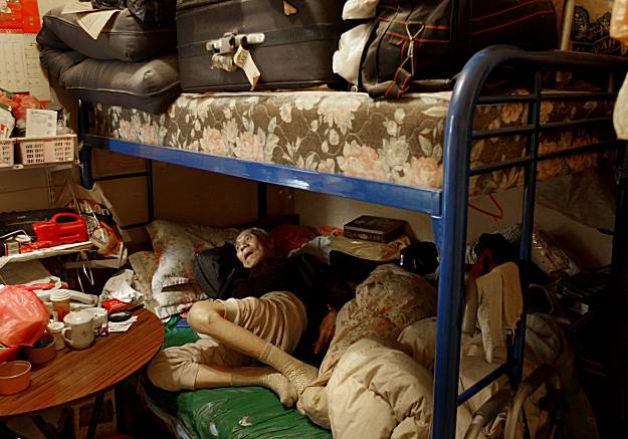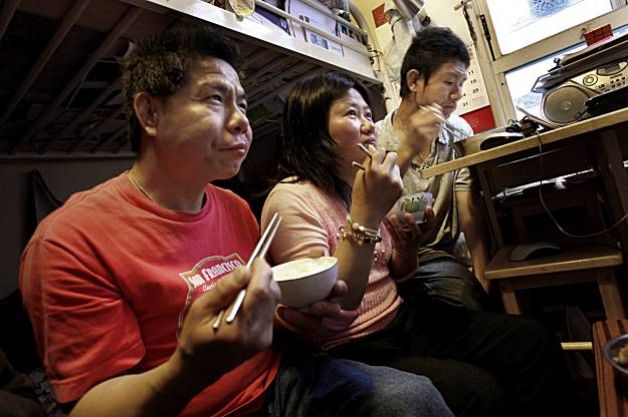
Jessica Kwong (@JessicaGKwong) of the San Francisco Examiner summarizes a recent report issued by the Asian Pacific Islander Council titled “Asian and Pacific Islander Health and Wellbeing: A San Francisco Neighborhood Analysis”. The report published several findings regarding the city’s Asian American population that challenge the Model Minority Myth, which asserts that Asian Americans are by and large “doing fine”.
Contrary to stereotypes, the Asian Pacific Islander Council’s report reveals that in San Francisco, 14% of Asian Americans live in poverty — lower than other racial groups — but that the population size of poor Asian Americans has grown by 44% in the last few years. As also reflected with an in-depth look at national AAPI unemployment trends, the unemployment rate for Asian Americans was also 1.5x greater than city-wide averages. Many of those impoverished Asian Americans live in San Francisco’s Chinatown, where over-crowding has led to appalling living conditions for some families who are forced to squeeze entire families into rooms designed for single residents. The U.S. Census Bureau reports that San Francisco’s Chinatown — an ethnic enclave just under 1.5 square miles in area — was home to over 100,000 Chinese Americans in 2000, or two-thirds of San Francisco’s total Chinese American population.
The over-crowding of poor Asian Americans in Chinatown has become a subsequent strain on local social services, and has also contributed to high rates of mental illness and other chronic diseases. Yet these social problems are rarely addressed in the larger discourse on the city’s Asian American population; instead, most residents assume that San Francisco’s Asian American population are comprised predominantly of the city’s wealthy elite.

The report by the Asian Pacific Islander Council also revealed chronic health conditions within San Francisco’s Asian American population that still go underaddressed, specifically high rates of diabetes (predominantly type II), tuberculosis, liver cancer, HIV/AIDS, smoking and mental illness. These trends reflect national rates that also sometimes go unnoticed: Asian Americans have higher-than-average prevalence of type II diabetes, and I’ve blogged previously about the ongoing issue of mental health in our community. In addition, the report noted that HIV/AIDS rates have doubled in San Francisco’s Asian American population; nationally, Asian American HIV/AIDS rates are also on the rise (compared to Whites for whom rates are decreasing annually).
Finally, the report made specific note of the city’s Pacific Islander and Native Hawaiian population which, similar to national trends, experience far higher rates of poverty than the general Asian American population. Furthermore, the city’s Pacific Islanders also experience high obesity rates (and related health complications, such as cardiovascular disease) and high incarceration rates. Earlier, I wrote a post noting how California’s Southeast Asian and Pacific Islander community have among the state’s highest incarceration and recidivism rates.
All in all, this report aptly dismantles the Model Minority Myth, and exposes how this stereotype sweeps over very real, and very damaging, socioeconomic problems in our community that demand greater attention and intervention.
For years, individual organizations and policy advocates made their case for support from local government through stories such as Chen’s, but that hasn’t always been enough to leverage funds, said Malcolm Yeung, steering committee member of the council and deputy director at the Chinatown Community Development Center.
“It’s the pervasiveness of the ‘model minority,'” Yeung said, “And I think when we start talking about it, we’re able to talk about it as anecdotes, but what we’re missing in the narrative is hard facts to back it up.”
Thanks to this study, we have a little more of that much-needed hard data we need to continue to challenge the myth that Asian Americans are generally “doing okay”.
